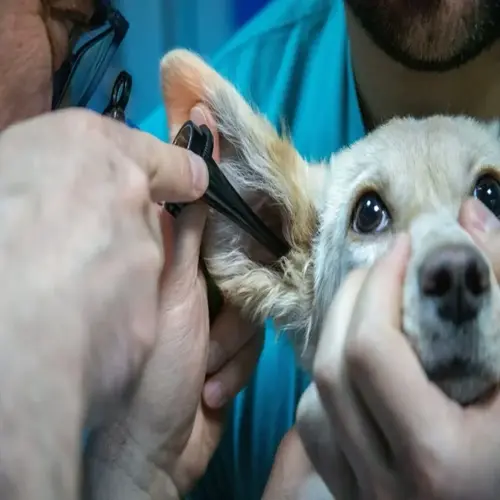Should dogs wear harnesses constantly?

Written by
Elin Eriksson
Reviewed by
Prof. Edward Clarke, Ph.D.Evaluating whether dogs should always wear harnesses requires striking a balance between safety and comfort. A well-fitted harness is certainly not dangerous to dogs if worn for a long period. Still, it would undoubtedly give rise to skin irritation or problems associated with fur matting. Continued wearing of the harness allows for no opportunity for skin inspection and possibly pressure sores.
Skin Protection
- Remove harness overnight to prevent moisture buildup
- Inspect armpits and chest daily for redness
- Wash harness weekly to remove dirt and oils
- Apply pet-safe barrier creams to friction points
Fur Maintenance
- Prevent matting by removing during naps
- Brush areas under straps after removal
- Trim long fur around strap contact zones
- Rotate harness styles to change pressure points
Activity Considerations
- Wear during walks and outdoor adventures
- Remove during crate time and indoor rest
- Avoid during swimming unless waterproof
- Limit high-intensity exercise with heavy harnesses
Incorporate regular periods without a harness throughout the day. Remove during meal and crate times. Allow several hours daily without any equipment. This allows skin to breathe as well as recover from pressure points. Watch for excessive scratching, indicating discomfort.
Change routines according to the seasons. In the winter, loosen the straps for the heavier coat. In the summer, the shedding coat needs to be tightened to prevent it from slipping. During hot spells above 80 degrees, adjust to lighter materials whenever possible. Use the two-finger fit test for any adjustments.
If continuous wear is required, use with multiple harnesses. Each harness distributes pressure in a slightly different area of the body. Alternate styles daily to avoid consistent stress in the same location. Ensure that each harness fits correctly before wearing.
Be aware of indicators that warrant the immediate removal of the product: Redness that will not fade indicates irritation; hair loss indicates mechanical damage; the animal can be seen to be distressed; any chafing or open sores indicate the immediate suspension of the product until healed. If skin reactions occur, consult your veterinarian to secure a safe alternative.
Read the full article: Dog Harness Types: Essential Guide

